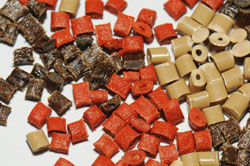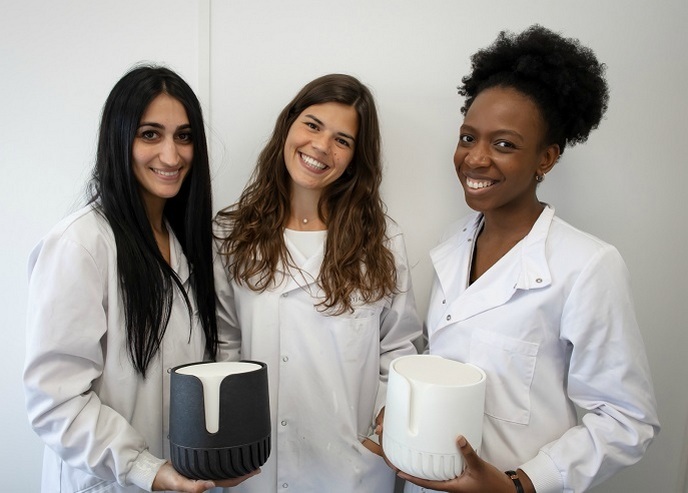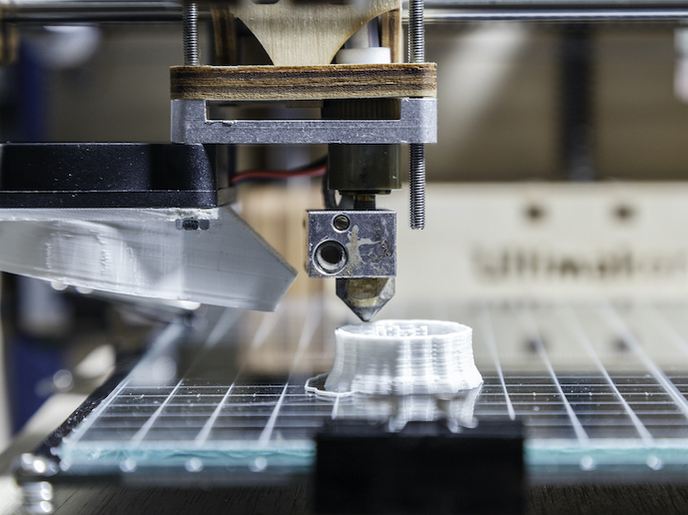Non-toxic alternatives for health and safety applications
Thousands of lives are saved and illnesses cured thanks to ultrasonic imaging and therapy that employ the use of piezoelectric devices. These tools optimise the linear electromechanical interaction resulting from the mechanical and electrical state generated by crystalline materials. KNbO3 is an inorganic crystal normally used for frequency-doubling low- and medium-power lasers. Recently discovered properties afforded by KNbO3 modifications hold promise for a variety of piezoelectric devices, particularly medical and industrial ultrasonic transducers. However, high production costs have until now rendered the commercial use of these crystal combinations prohibitive. The 'Inexpensive, high-performance, lead-free piezoelectric crystals and their applications in transducers for ultrasonic medical diagnostic and industrial tools and equipments' (Immediate) project represented a European effort to find alternative lead-free solutions for piezoelectric materials used in a range of medical and industrial devices and other applications. The EU-funded project sought to address both issues of applicability of pure and modified KNbO3-based transducers for small and medium-sized enterprises (SMEs) and fabrication cost reduction. Project partners developed monodomain and domain-engineered KNbO3-based piezoelectric elements by developing and investigating crystal growth conditions, substrate choice and the matrix used for growth. KN crystals were used to construct Doppler probes for transcranial measurement of cerebral blood-flow velocity. To overcome the problem of electrical impedance or mismatch, electrical compensation showed the performance of probes to be superior to those using lead-based transducers. A significant cut in fabrication costs of the crystals was achieved and a more convenient solution found for low-frequency applications using lead-free materials. The latter was accomplished with the development of ceramics and crystals with modified compositions. A solid-state single crystal growth (SSCG) method was used to reduce the costs of production of KN-based crystals. Efforts in this direction focused on developing top-seeded solution growth (TSSG) domain-engineered crystals for use in prototypes. Researchers were able to show that that this technique can be used for exploratory growth of single crystals of KN-based materials that are otherwise difficult to grow using standard methods. Team members fabricated and tested prototypes for all intended applications, showing that the machinability of ceramics is excellent and allows production of small elements for composite transducers. Although not optimised before completion of the project, upscaling of production from laboratory to industrial level was also achieved. Selected results have been presented at international conferences and published in scientific journals. Project outcomes have the potential to significantly impact the wide spectrum of piezoelectric applications and provide SMEs with a leading edge. The introduction of such a radically new processing technique can be used to improve health and safety devices, with added value due to their environmentally friendly nature.







